О ЧПУ-обработке
Apr 11, 2025
Что такое обработка на станках с ЧПУ?
ЧПУ означает числовое программное управление, поэтому обработку на станках с ЧПУ можно определить как производственный процесс, в котором вычислительный код управляет параметрами процесса, включая:
Перемещение головки станка.
Перемещение детали или подача.
Скорость вращения.
Выбор инструмента для многоинструментальных головок.
Количество охлаждающей жидкости при необходимости.
Проще говоря, это означает использование вычислительной мощности для управления и мониторинга всех необходимых движений машины для производства деталей из сырья.
Как работает обработка на станках с ЧПУ?
По сути, программа ЧПУ предоставляет команды, которые машина может читать и понимать. Эти команды сообщают двигателям машины, когда и как перемещать соответствующие компоненты для достижения желаемых результатов.
Первые станки с ЧПУ использовали перфокарты с записанным кодом и имели ограниченную гибкость перемещения инструмента.
Однако современные станки с ЧПУ могут быть связаны с программным обеспечением CAD/CAM (Computer Aided Design/Computer Aided Manufacturing). Это означает, что проектировщик может создать 3D-модель детали, а затем перевести параметры детали в программу ЧПУ с помощью программного обеспечения CAM.
Эта окончательная программа, созданная программным обеспечением CAM, загружается в машину, и начинается процесс производства. Деталь считается готовой, когда машина завершает выполнение программы.
Другим важным аспектом современных и самых сложных станков с ЧПУ является их гибкость, поскольку они могут перемещаться в диапазоне 2,5, 3 или 5 осей в зависимости от типа станка.
Обработка дерева на станках с ЧПУХотя многие могут подумать, что обработка дерева — это искусство, доступное только самым опытным резчикам, правда в том, что обработка дерева на станках с ЧПУ позволяет выполнять более эффективную работу. Даже для самых сложных конструкций.
С помощью обработки древесины на станках с ЧПУ можно изготавливать более крупные детали за более короткое время. Это также позволяет мастеру по дереву сохранять естественную красоту и прочность используемой древесины, чего трудно достичь с помощью других типов станков для обработки древесины.
Другие преимущества использования ЧПУ-обработки древесины:
Сложные формы, которые слишком сложны для ручной работы, можно легко изготовить.
Более высокая точность и более короткие сроки производства.
Более высокая эффективность и сокращение отходов материалов.
Повышение рентабельности.
Обработка на станках с ЧПУ для медицинской промышленностиХорошо известно, что медицинская промышленность очень требовательна, и в ней есть все стандарты, которые необходимо соблюдать. Это касается обработки на станках с ЧПУ для медицинской промышленности.
К счастью, как уже упоминалось выше, основными преимуществами обработки на станках с ЧПУ являются высокая эффективность и высокая точность, которые практически не оставляют места для ошибок.
Это делает обработку с ЧПУ для медицинской промышленности лучшим производственным вариантом в секторе, поскольку прецизионная обработка является выбранной альтернативой для соответствия жестким требованиям допуска. Другие общие требования включают:
Сложная геометрия, для обработки которой обычно требуются 5-осевые станки.
Очень высокий уровень чистоты.
Возможность обработки различных специальных материалов.
Высочайший уровень отделки поверхности.
Распространенные области применения обработки на станках с ЧПУ в медицинской промышленности включают:
Имплантаты и протезирование.
Хирургические инструменты.
Электронные компоненты для медицинского оборудования.
Микромедицинские устройства, требующие микрообработки.
Обработка на станках с ЧПУ для литьяЛитье — это производственный процесс, который зависит от хороших форм для получения желаемых результатов. Это означает, что необходимо выбрать лучший процесс для изготовления форм.
Обработка на станках с ЧПУ для литья на 5-осевых станках снижает вероятность ошибки из-за необходимости перемещения отливки между операциями обработки. Это снижение погрешности позволяет отливке соответствовать самым жестким допускам.
Другим хорошим применением обработки с ЧПУ для литья является то, что большинство отливок требуют последующей обработки для улучшения качества поверхности. Обработка с ЧПУ для литья позволяет быстро и эффективно достичь желаемого качества поверхности.
Более того, обработка на станках с ЧПУ позволяет обрабатывать такие материалы, которые обычно используются для литья, как алюминий, что может стать проблемой для других производственных задач..
Обработка алюминия на станках с ЧПУ
Будучи легким металлом, алюминий является предпочтительным материалом для многих применений, в частности, автомобильной и аэрокосмической промышленности. Однако его использование в некоторых из этих применений требует очень сложных форм.
Кроме того, могут потребоваться тонкие детали, что увеличивает вероятность деформации из-за низкой твердости и высокого теплового расширения материала.
Вот где обработка алюминия на станках с ЧПУ становится важной. 5-осевая обработка алюминия на станках с ЧПУ обеспечивает такие преимущества, как:
Его легко настроить, что сокращает время выполнения заказа и повышает эффективность.
Позволяет работать со сложной геометрией благодаря возможности избегать столкновения с держателем инструмента при наклоне стола или режущего инструмента.
Он может использовать более короткие и жесткие инструменты, некоторые из которых имеют высокие скорости вращения шпинделя, что достигается за счет снижения нагрузки на режущий инструмент.
Детали не проходят через разные рабочие станции, а это означает, что количество ошибок уменьшается, точность повышается, а качество гарантируется.
Эти машины могут использовать другие альтернативные методы, такие как гидроабразивная резка или лазерная резка, которые устраняют проблемы, связанные с работой с очень тонкими алюминиевыми деталями.
Обработка деталей аэрокосмической техники на станках с ЧПУ
Учитывая количество компонентов, необходимых для сборки самолета, и сложность этих компонентов, становится ясно, что аэрокосмическая промышленность требует максимально возможной точности и эффективности производственного процесса.
Поэтому обработка деталей аэрокосмической техники на станках с ЧПУ становится все более популярной и в настоящее время является основным вариантом для производства компонентов аэрокосмической отрасли.
Обработка деталей аэрокосмической отрасли на станках с ЧПУ должна соответствовать сложным требованиям, таким как:
Работа с тонкими стенами.
Ограничение деформации материала, например, при работе с алюминием и другими легкими материалами.
Работа с изогнутыми и сложными геометрическими формами.
С другой стороны, обработка на станках с ЧПУ является наилучшим вариантом для производства деталей для аэрокосмической отрасли, поскольку она обеспечивает следующие преимущества:
Это экономически эффективный процесс.
Он может обеспечить высококачественные результаты.
Может работать с индивидуальными проектами.
Обеспечивает высокую точность и аккуратность проектирования.
Это сокращает, а иногда и устраняет человеческий фактор.
Он может создавать сложные геометрические формы.
Обработка ювелирных изделий на станках с ЧПУ
Раньше драгоценности изготавливались только вручную искусными мастерами. Однако теперь это не так, поскольку все больше производителей драгоценностей внедряют методы повышения эффективности и увеличения прибыльности.
Существуют различные способы, которыми ЧПУ-обработка для ювелирных изделий помогает ремесленникам и производителям ювелирных изделий в целом. Наиболее распространенные преимущества:
Легко создавайте мастер-модели для литья ювелирных изделий.
Быстрое создание литейных форм с высокой точностью.
Создавайте прекрасные конечные ювелирные изделия, используя сложные станки с ЧПУ.
Быстро и точно создаем индивидуальные гравюры.
Простая отделка ювелирных изделий с помощью процессов огранки мрамора и полировки драгоценных камней.
Допуски обработки на станках с ЧПУ
Верно, что обработка на станках с ЧПУ вывела точность производства на очень высокий уровень. Однако, как и в случае с другими производственными процессами, размеры конечного продукта никогда не бывают идеальными. И вот здесь допуски обработки на станках с ЧПУ играют важную роль.
Мы должны помнить, что допуски представляют собой максимально допустимые отклонения для одинаковых размеров двух деталей из одной серии. Они обычно устанавливаются на этапе проектирования.
При установлении требуемых допусков следует учитывать различные аспекты:
Сопрягаемые компоненты.
Тип материалов.
Доступны производственные процессы.
Достижение более жестких допусков обычно требует больших затрат.
Допуски обычно классифицируются по степени жесткости на следующие группы:
Точные допуски.
Средние допуски.
Грубые допуски.
Очень грубые допуски.
В целом, ограничения для каждой группы устанавливаются на основе международных стандартов, включая ANSI B4.1, ANSI B4.2, ISO 286, ISO 1829, ISO 2768, EN 20286 и JIS B 0401.
Для допусков обработки на станках с ЧПУ стандартные пределы находятся в диапазоне ± 0,005″ или 0,13 мм. Однако некоторые очень сложные сервисы утверждают, что могут обеспечить допуски обработки на станках с ЧПУ вплоть до ±0,0025 мм.
Ниже приведены некоторые стандартные допуски обработки на станках с ЧПУ в зависимости от процесса ЧПУ:
Токарный станок — ±0,005″ (0,13 мм)
Фрезер — ± 0,005″ (0,13 мм)
3-осевое фрезерование — ± 0,005″ (0,13 мм)
5-осевое фрезерование — ± 0,005″ (0,13 мм)
Гравировка — ± 0,005″ (0,13 мм)
Плоскостность — ± 0,010″ (0,25 мм)













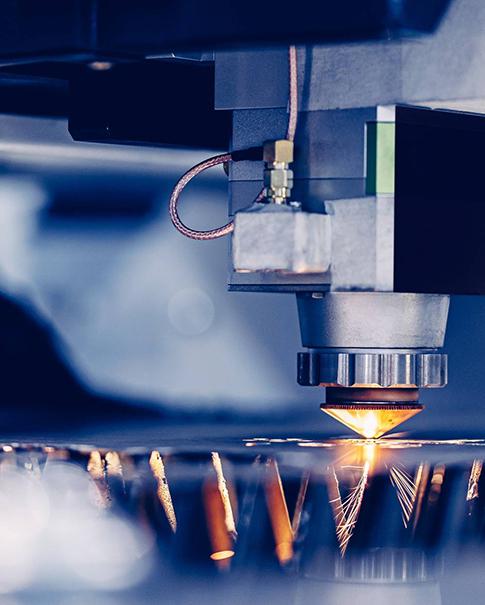
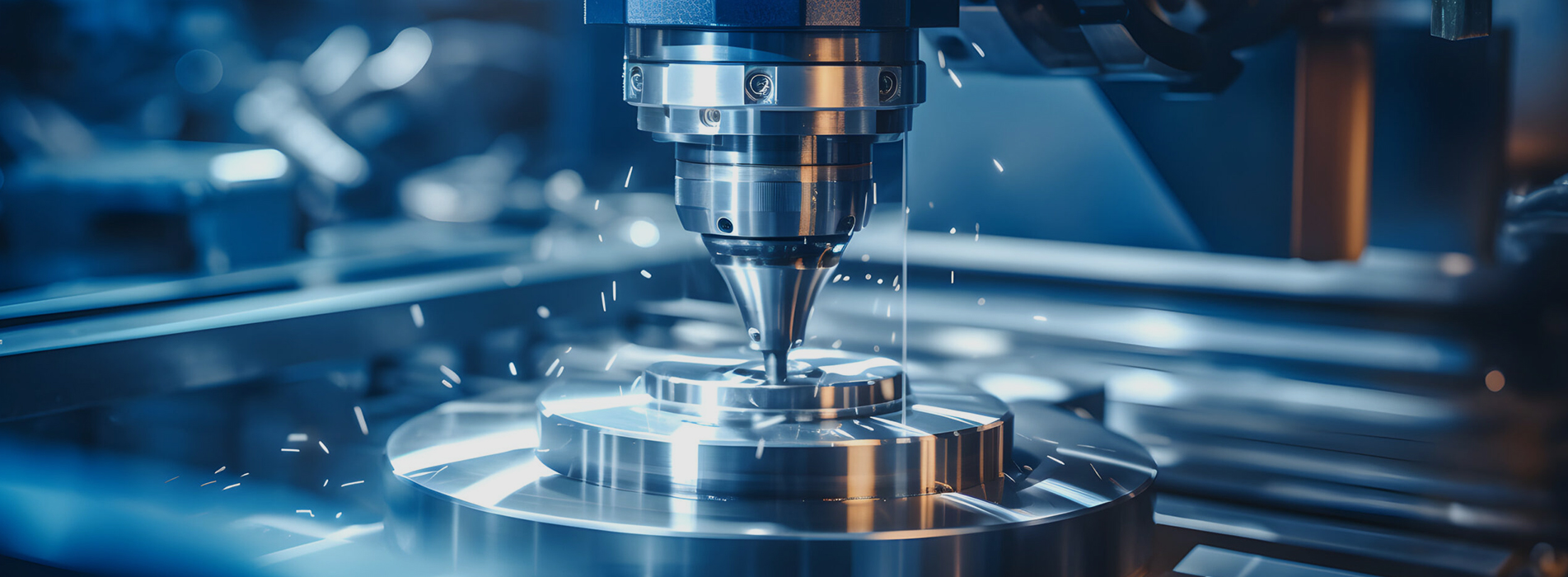
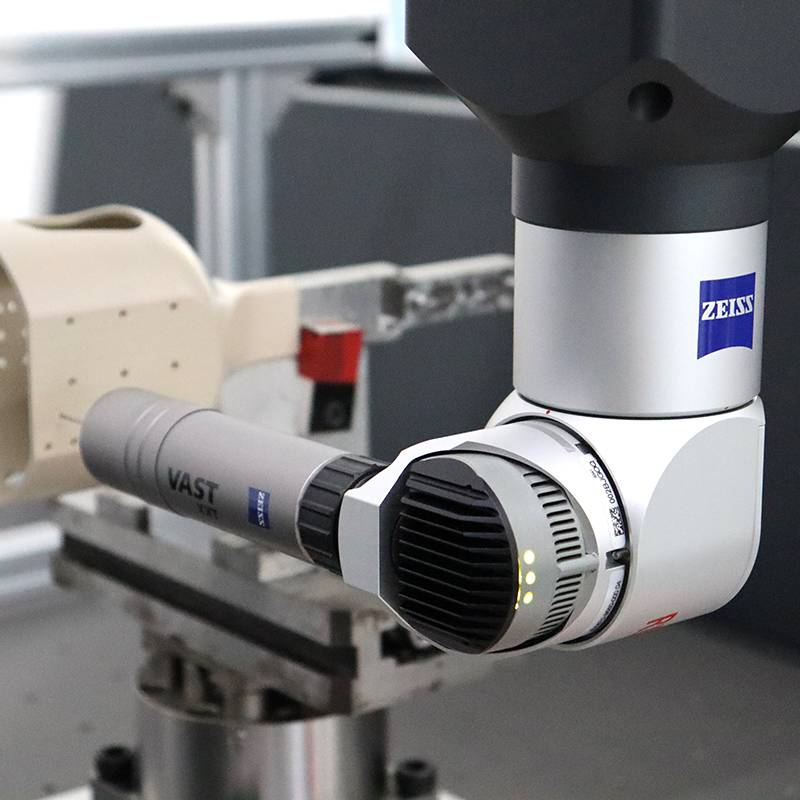
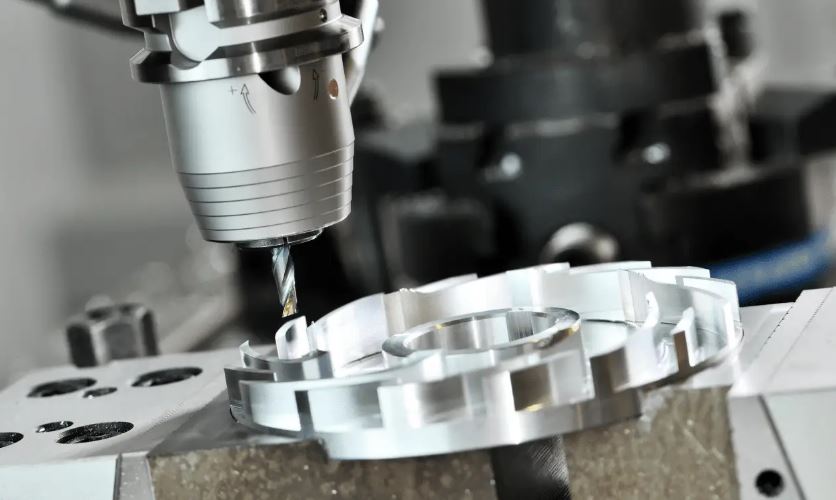
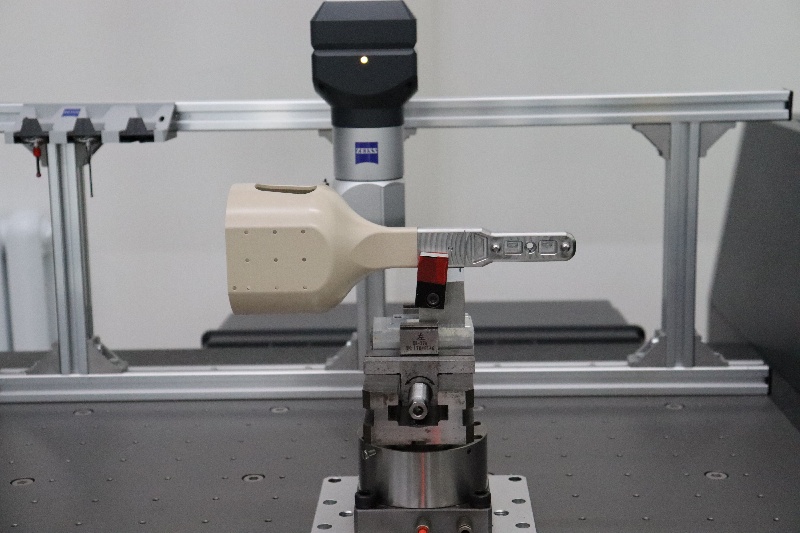
 ПОДПИСАТЬСЯ НА НАШУ РАССЫЛКУ
ПОДПИСАТЬСЯ НА НАШУ РАССЫЛКУ






